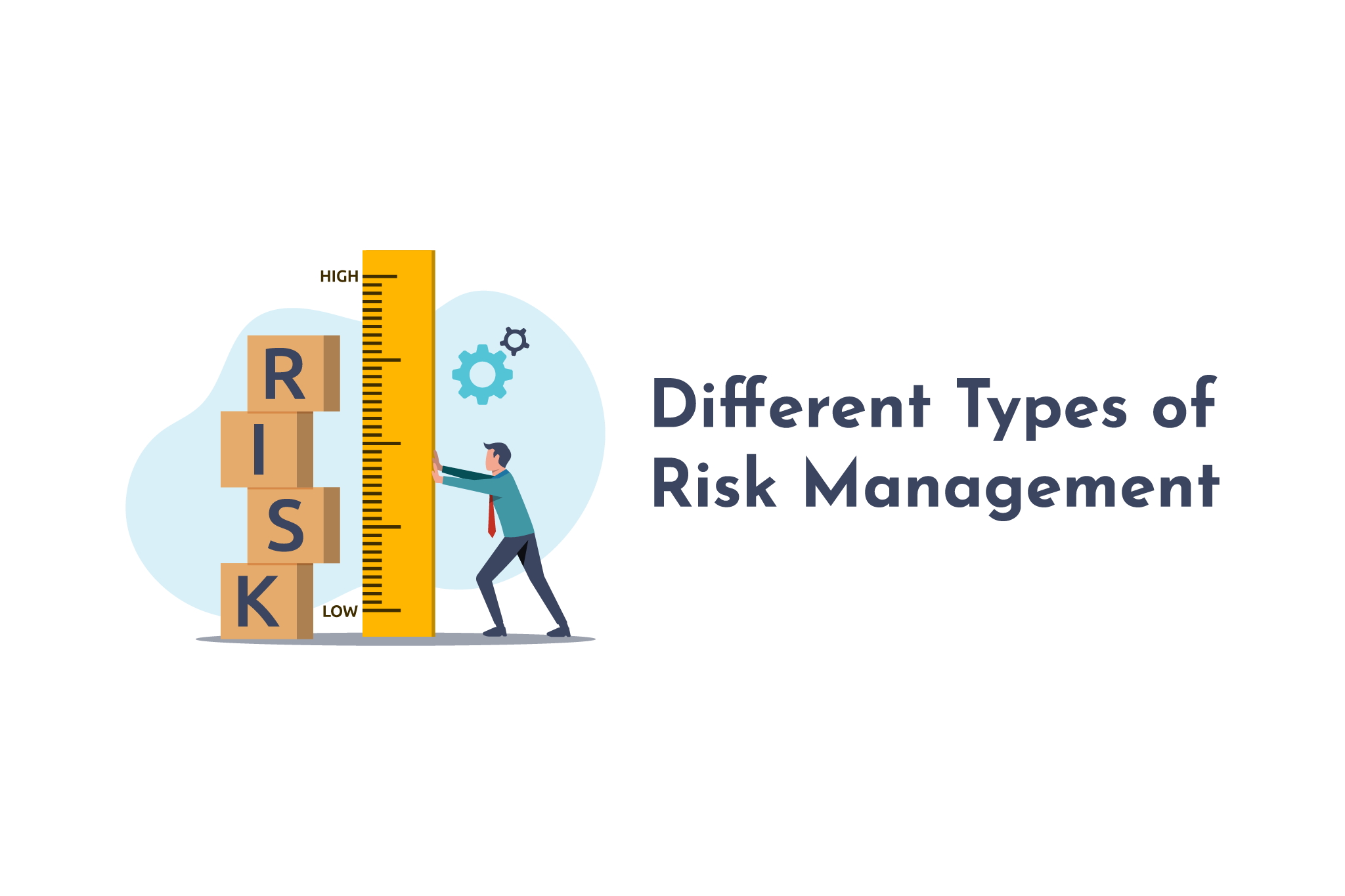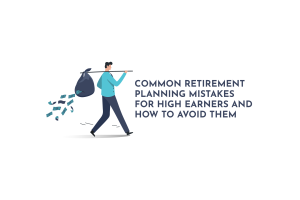Everyone is exposed to risk daily. This is a fact of life. What we do to manage that risk often depends on the severity of the potential outcomes. For example, we face the risk that we may leave the house in the morning when it is sunny and not take a coat and then get caught in a rainstorm in the afternoon. The risk is that when we leave without our coat, we may get wet in the future. Most people are okay with this type of risk because the outcome, while potentially uncomfortable, doesn’t cause us any pain or loss. When we look at risk management, what we learn is that there are different approaches to how people choose to handle risk. Let’s look at some of these strategies and see how they can fit into your life and your financial security plans.
In This Article:
- Different Types of Risk Management
- Strategy #1 – Acceptance of Risk
- Strategy #2 – Avoidance
- Strategy #3 – Reduction
- Strategy #4 – Transference
- Strategy #5 – Spreading
- This is all great, but why are you talking about it?
- Conclusion
Different Types of Risk Management
Depending on where you look, you will typically find 4 or 5 different strategies for risk management. The most common four are:
- Acceptance
- Avoidance
- Reduction
- Transference
The fifth strategy you may see included is:
- Spreading
The common theme among all these strategies is that they involve an event that occurs with many potential outcomes. It is up to you what outcome you are most concerned about and what the severity of that outcome is. From that point, you will choose a strategy on how to deal with the risk. This is something you do many times a day. You just don’t think about it in terms of risk mitigation strategies. Let’s take a quick review of each strategy and have an idea of where they fit into your life regarding your financial plan.

Risk Management Strategy #1 – Acceptance of Risk
This is a strategy that all of us employ every day. As I mentioned to begin this discussion, when you are managing risk, you are constantly deciding two things. The first is how severe the consequences of the situation could be, and the second is how likely it is for the event to happen. Risk acceptance usually involves the type of risk where the fear of severe consequences is low and the frequency of the event is also low. In fact, the outcome of risks people accept can even be positive. Take, for example, someone who is deathly afraid of public speaking. If they accept that nothing bad is likely to actually happen to them and accept a speaking invitation, they may see their network of professional contacts increase and see a positive in their life. It’s definitely a risk worth taking on.
Risk Management Strategy #2 – Avoidance
This involves the type of risk that you take steps to prevent from happening. As an example, say you own a business where you require a specific class of engineer to operate. If you only have one person with the appropriate credentials working for you, there is a risk to your ongoing success based on something happening to that person. You can avoid this risk by recruiting other employees with the qualifications you need to keep your business going if something happens to one of your key personnel. Avoiding risk often comes with additional costs, so you would need to weigh the pros and cons of this type of solution. In our example, a business owner needs to determine if the cost of adding a highly qualified employee who will add costs to their operating expenses (salary, benefits, etc.) outweighs the risk of not having that person on staff.
Risk Management Strategy #3 – Reduction
Once you have gone through the steps to identify and assess risk, you may choose to take steps to reduce the chances of an event happening. Say, for example, you have prepared your own tax returns for many years as your business has grown. You have reached a point where the returns are becoming more and more complicated; perhaps you have gone from a sole proprietorship to a corporation, and you need to figure out how to manage the risk of audit that could happen to your business. As part of your assessment, you need to figure out the chances of you making a mistake that could result in an audit versus the cost of hiring professional accountants to prepare things for you. You can reduce the risk of problems arising by hiring an accountant to look after your bookkeeping and tax filing, freeing up your time to focus on areas related to business growth and sustainability. Again, there are additional costs to your business, but you will have reduced the risk of a tax problem rearing its head in the future and disrupting your business.
Risk Management Strategy #4 – Transference
This is a common strategy that you likely employ every day, even if you aren’t thinking about it. Risks that are transferrable often fit into the category of low frequency but potentially devastating consequences. If you own a car or a home or have a solid financial plan, you are employing risk transference. This is where insurance companies come into the picture. One of the risks most often transferred to an insurance company is the risk of an unexpected death occurring. This is what life insurance is. The frequency of this type of event is low, but the potential consequence is disastrous. Rather than trying to save up enough money to pay off all of the things that you will need if someone dies unexpectedly, many people choose to pay a life insurance company a monthly premium that guarantees the money is there in the event of death without them needing to keep ‘cash on hand’ to pay the expenses. Home and auto insurance also fall into this type of category of risk management. You pay someone else to take on the risk for you.

Risk Management Strategy #5 – Spreading
This is a strategy that is most often used by insurance companies. You may or may not be aware of this happening, but there is an entire section of the insurance industry that is known as re-insurers. These are the insurance companies that insure insurance companies. They spread out risk by sharing the potential financial burden of large claims amongst many different companies. It helps ensure that everyone remains solvent if anything catastrophic happens. As I mentioned, you may be part of risk management through spreading without even knowing it. Your life insurance company may have reinsured a portion of your death benefit to share the risk of paying off your beneficiaries.
This is all great, but why are you talking about it?
When you are considering financial planning, you are, in effect, putting together your own risk management strategy. In order to come up with a plan, you need to follow a few steps:
- Identify potential risks.
- Assess how likely the risks are to happen and what the severity of the outcome could be.
- Come up with a plan to treat the risks.
When you work with your financial advisor to complete a needs analysis, you have, in effect, created a risk assessment for an unexpected death.
- You have identified that the risk of dying unexpectedly exists.
- After the needs analysis is done, you have assessed what the financial impact of that death could be.
- Finally, you need to decide. Do you accept the risk, do you try and avoid it, or do you transfer it?
For most people, accepting this type of risk isn’t financially viable because it would mean having a savings plan with enough money in it all the time to fund everything on the needs analysis. Avoiding it is hard because the risk is that you die unexpectedly. It is super hard to avoid the unexpected in life. This is why you often will land on transferring that risk. You agree that for the cost of the monthly premium, it is worth it to you to transfer the financial payout to the insurance company. The same can be said for many different areas of your financial plan. What about the risk of becoming disabled or critically ill? What about having a financial roadmap to make sure that when you get to retirement, you can enjoy life and not have to feel stressed about money? These are all risk management questions; even if you don’t really think about them in these terms, it is what you are doing. Working with a professional financial advisor can help you have a plan to deal with them.
Conclusion
Risks are everywhere. If you tried to avoid every single one of them, you simply couldn’t live your life. So many of your decisions every day are focused on risk management, even if you aren’t focused on that part of the decision. How you choose to manage the financial risks that are included in life’s unexpected events will make up a significant portion of your overall financial plan. Your financial advisor should be someone who helps you identify the risks that you may not think of and then provides options for how to deal with them.




